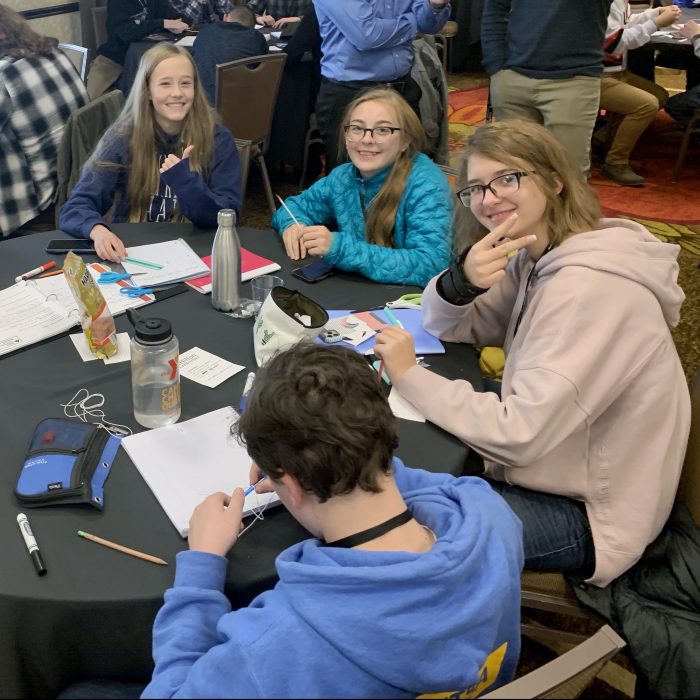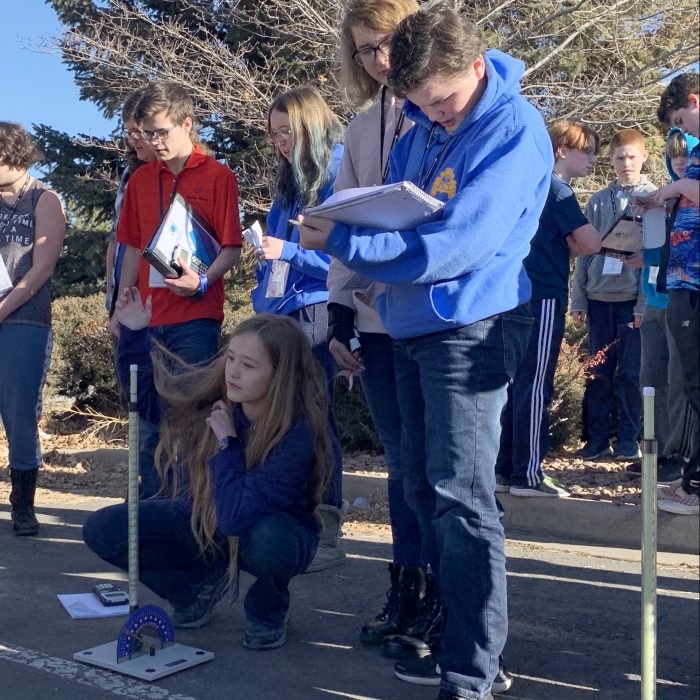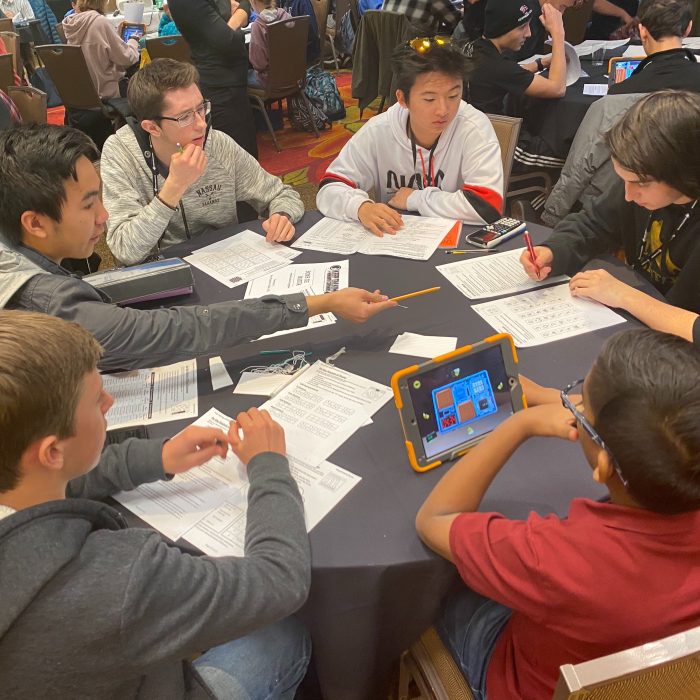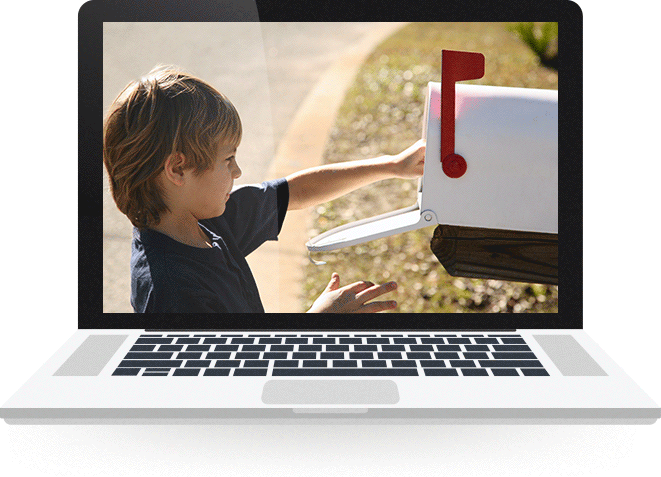Maybe engineers don’t always have to “reinvent the wheel,” but for those who are trying to build wheels on Mars rovers, they’ll at least want to get creative with the redesign.
In Highlands Ranch, a company called Adaptive Technologies stood in front of a panel of investors from Lockheed Martin and pitched their “Variable Geometry Wheel.” These scientists described the novelty of their design, their development plans, and the funding they needed to launch the idea. What’s most impressive about Adaptive Technologies is that it’s not actually a real company – it’s a team of high school students from STEM School Highlands Ranch in the Junior Space Entrepreneur Program (JSEP).
50 teens participated in the weeklong JSEP pilot program, thanks to a partnership between Junior Achievement-Rocky Mountain, Inc. (JA), the Space Foundation, and Lockheed Martin. Students worked in teams to create a business plan for a mission to Mars, and along the way, they engaged in hands-on workshops, received guidance from industry professionals, and learned about the current needs and opportunities in space exploration. The week culminated in a pitch competition where students marketed their product, like Adaptive Technologies’ Variable Geometry Wheel.
“We’re trying to immerse the students in the industry,” says Neely Clapp, a science teacher at STEM School Highlands Ranch. “The reality is that the end product of K-12 education is to create global citizens. We want to show them what it’s like to be in the business field. In the space industry, they’re always trying to find bids and requests for proposals. In some cases, I don’t think that we expose them enough to competition in academia, when the reality of the business world is that it’s a competitive market.”
JSEP students applied for the program and were hand-selected based on their interest in STEM and business. However, according to the Space Foundation’s senior director of education and development, Audra Peck, they still weren’t sure what to expect. She says, “They were prepared but they didn’t really know what they were getting into. I think when we brought in the business aspect, we started to see the science make sense.”
Peck continues, “We want to make sure kids know that science doesn’t have to be impossible. When we brought in the aspect of ‘you can own a business and make some money out of it,’ that’s when we started to see a shift, and it all came together. The engagement was amazing…we had students who were working until 1:00 or 2:00 a.m. to design their PowerPoints and work on their bios. I did not expect this level of participation.”
Because the program is designed to be a real-world crash course, the students made big learning gains in a short period of time.
“I’m really impressed with what they were able to pick up in a week,” says Libby Booton, one of the panel judges from Lockheed Martin. “They really blew my mind. We were talking about some of their ideas and saying, ‘That’s really far-fetched and out there’ and then we were like, ‘Well actually, they kind of were onto something!’ They’re thinking of things we never would’ve imagined.”
Booton’s colleague, Ashley Gregory, agrees. She says, “I think it’s great to know that we have future talent to work for our company. One of the biggest challenges in aerospace right now is that we have an aging workforce, so knowing that the future has such bright students that are going to be coming in and solving problems is really comforting.”
Most importantly, JSEP gave teens the confidence to be innovative, as well as a chance to see how teamwork can help them build the future. As one student says, “My favorite part of the JSEP program was definitely the people. I feel like I was definitely heard. I could say ideas and not have them knocked down, but have them built upon. Everyone here came together to learn, and I just love that. I feel empowered.”




